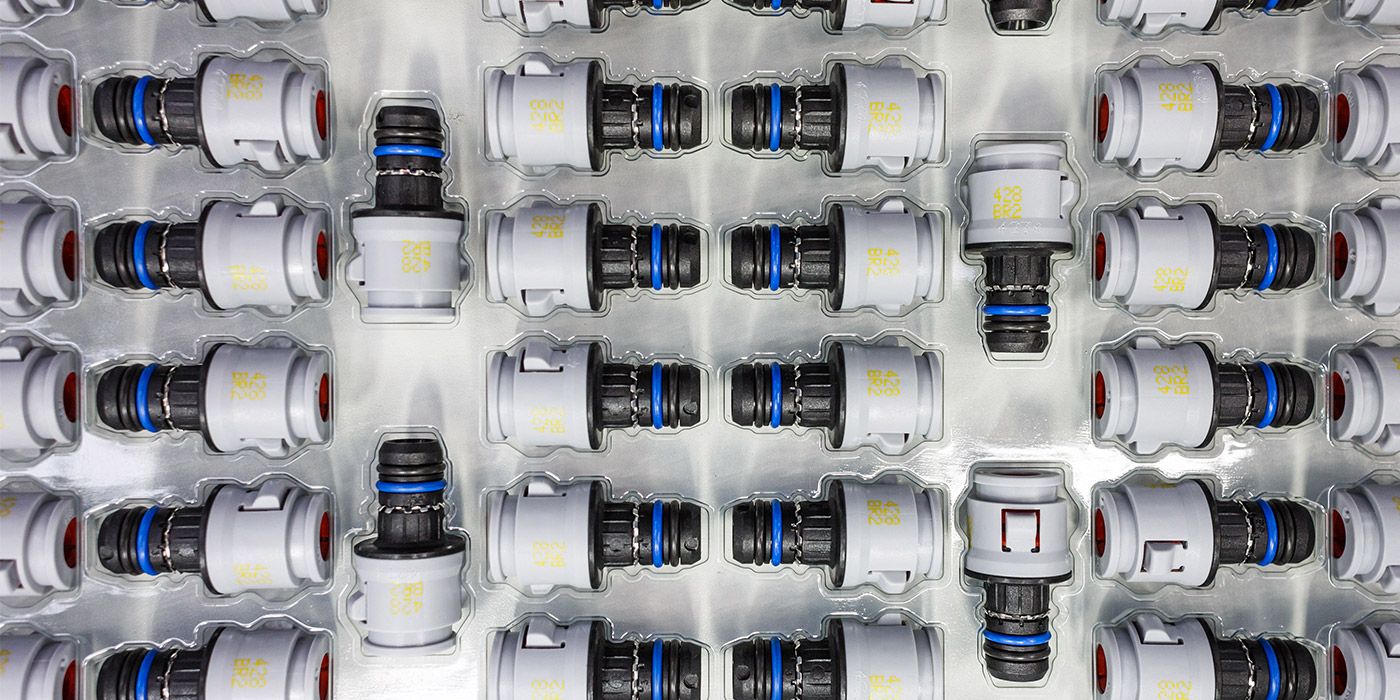WASHINGTON, D.C. — The Equipment Leasing and Finance Association’s (ELFA) Monthly Leasing and Finance Index (MLFI-25), which reports economic activity from 25 companies representing a cross section of the $1 trillion equipment finance sector, showed their overall new business volume for March was $10.4 billion, down 2% year-over-year from new business volume in March 2022, according to a press release.
Volume was up 32% from $7.9 billion in February. Year-to-date, cumulative new business volume was up 4% compared to 2022.
Receivables over 30 days were 1.9%, up from 1.8% the previous month and up from 1.5% in the same period in 2022.
Charge-offs were 0.32%, unchanged from the previous month and up from 0.10% in the year-earlier period.
Credit approvals totaled 75.3, down from 75.7% in February.
Total headcount for equipment finance companies was down 4.6% year-over-year.
Separately, the Equipment Leasing & Finance Foundation’s Monthly Confidence Index (MCI-EFI) in April is 47.0, a decrease from the March index of 50.3.
ELFA President and CEO Ralph Petta said, “While originations for the month are strong — in the face of a persistently high interest rate and inflationary environment — the metrics that bear monitoring deal with portfolio quality. Delinquencies and losses are up compared to the same period last year, indicating a potential softness in the economy that is making it more difficult for lessees to honor their lease and financing obligations.”
Linda Redding, head of equipment finance, J.P. Morgan Commercial Banking, said, “Despite continued economic uncertainty, rising interest rates and other challenges, the equipment finance industry remains resilient, as seen in the increase in cumulative new business volume in the first quarter. The industry continues to demonstrate its viability throughout economic cycles, as there is a consistent need for companies of all industries and sizes to invest in equipment. Times of economic uncertainty can even create unique opportunities for the equipment finance industry, as its flexible solutions can allow businesses to preserve strong liquidity and cash positions when they need them most.”
About ELFA’s MLFI-25
The MLFI-25 is the only near-real-time index that reflects capex, or the volume of commercial equipment financed in the U.S.
The MLFI-25 is released globally at 8 a.m. Eastern time from Washington, D.C., each month on the day before the U.S. Department of Commerce releases the durable goods report.
The MLFI-25 is a financial indicator that complements the durable goods report and other economic indexes, including the Institute for Supply Management Index, which reports economic activity in the manufacturing sector.
Together with the MLFI-25 these reports provide a complete view of the status of productive assets in the U.S. economy: equipment produced, acquired and financed.
The MLFI-25 is a time series that reflects two years of business activity for the 25 companies currently participating in the survey.
The latest MLFI-25, including methodology and participants, is available at www.elfaonline.org/knowledge-hub/mlfi-25-monthly-leasing-and-finance-index.
The MLFI-25 is part of the Knowledge Hub, the source for business intelligence in the equipment finance industry.
Visit the hub at www.elfaonline.org/KnowledgeHub.
MLFI-25 Methodology
ELFA produces the MLFI-25 survey to help member organizations achieve competitive advantage by providing them with leading-edge research and benchmarking information to support strategic business decision making.
The MLFI-25 is a barometer of the trends in U.S. capital equipment investment.
Five components are included in the survey: new business volume (originations), aging of receivables, charge-offs, credit approval ratios, (approved vs. submitted) and headcount for the equipment finance business.
The MLFI-25 measures monthly commercial equipment lease and loan activity as reported by participating ELFA member equipment finance companies representing a cross section of the equipment finance sector, including small ticket, middle-market, large ticket, bank, captive and independent leasing and finance companies.
Based on hard survey data, the responses mirror the economic activity of the broader equipment finance sector and current business conditions nationally.














